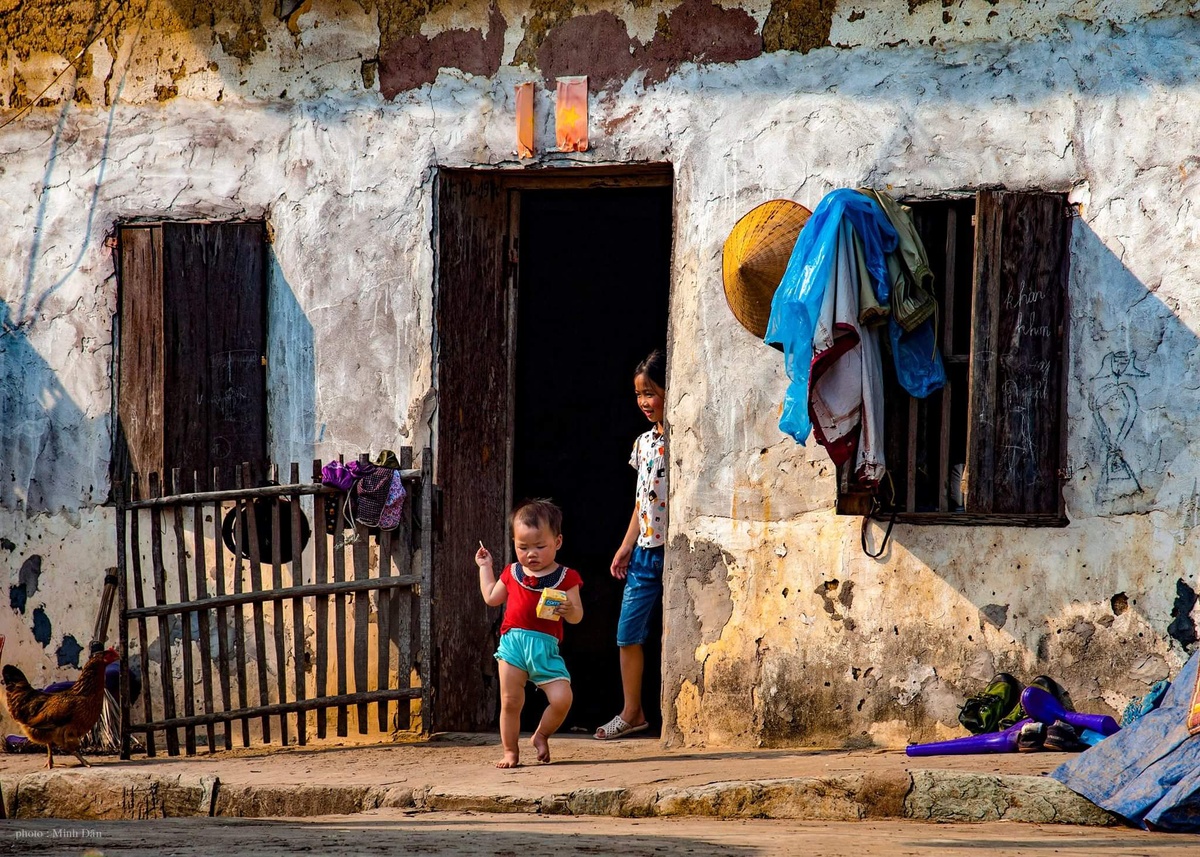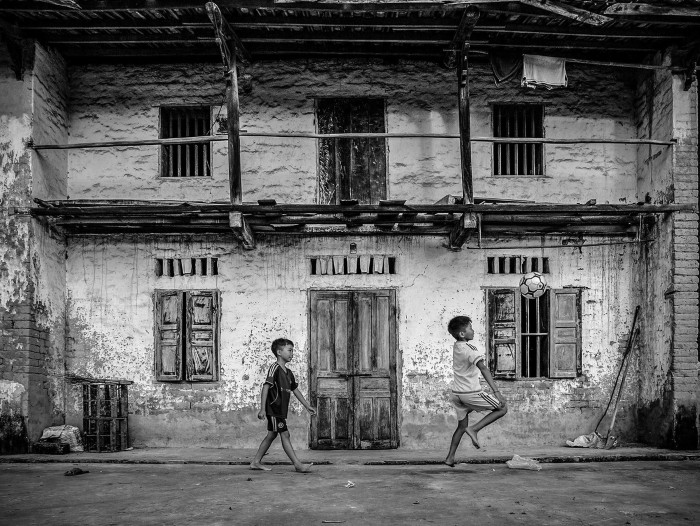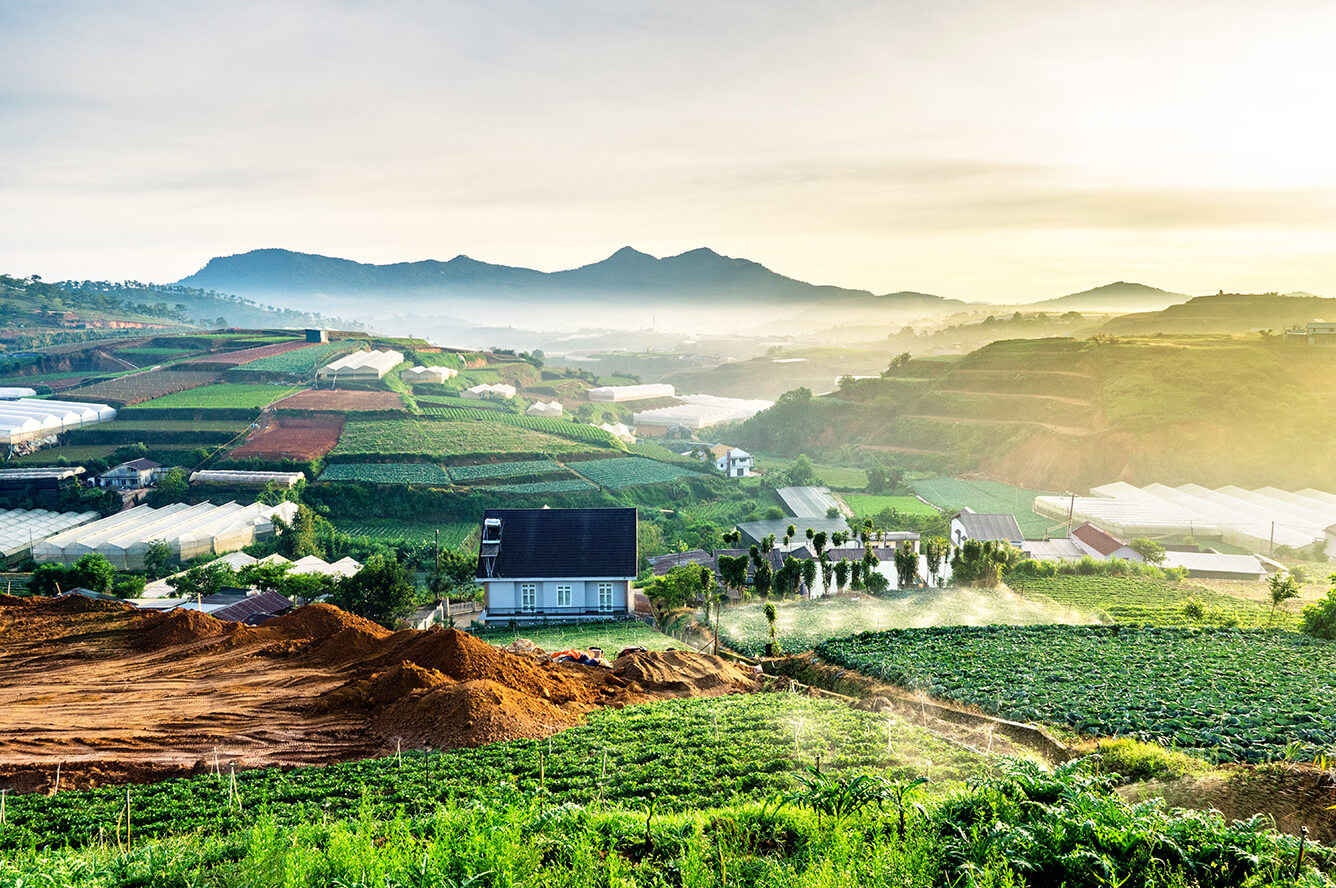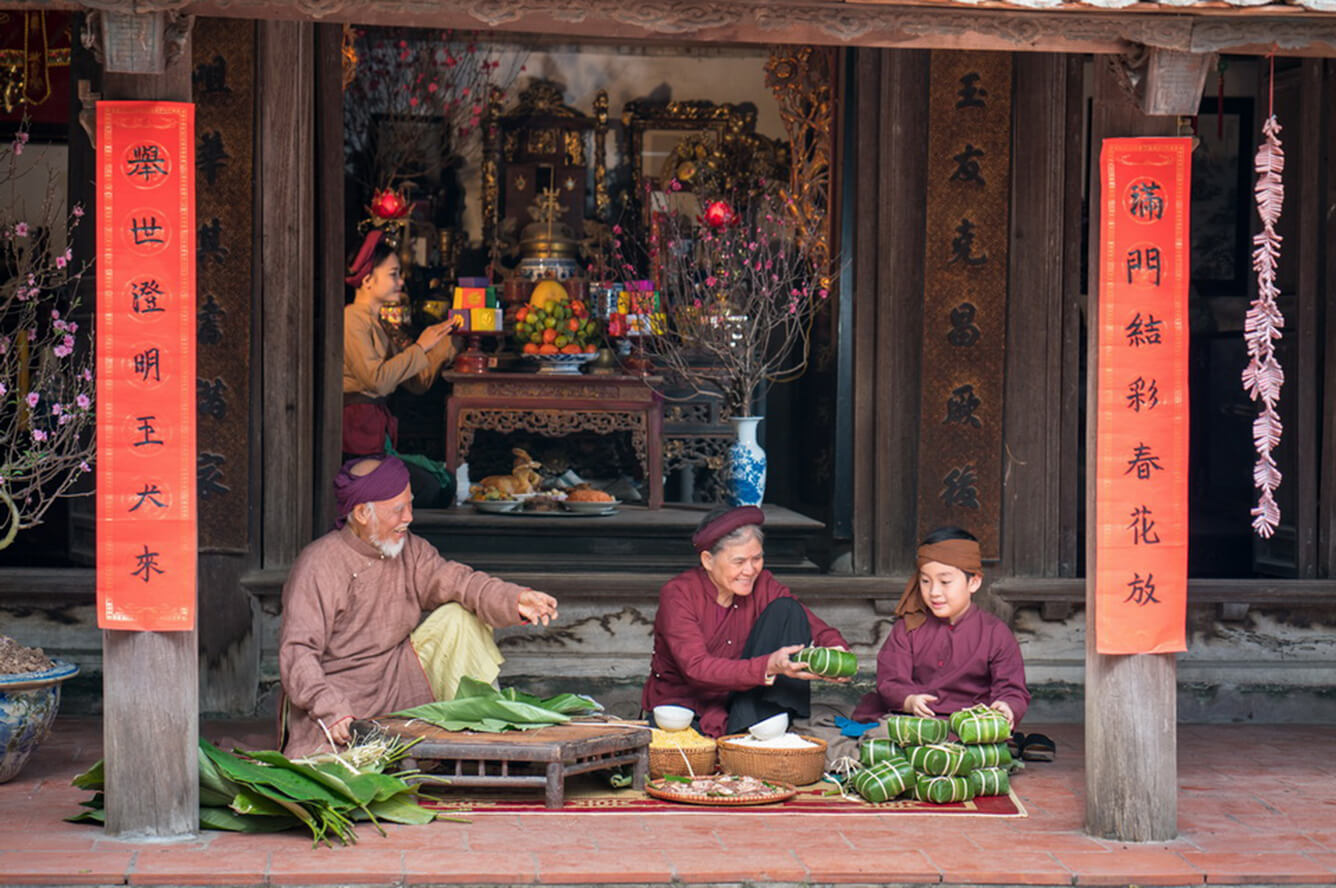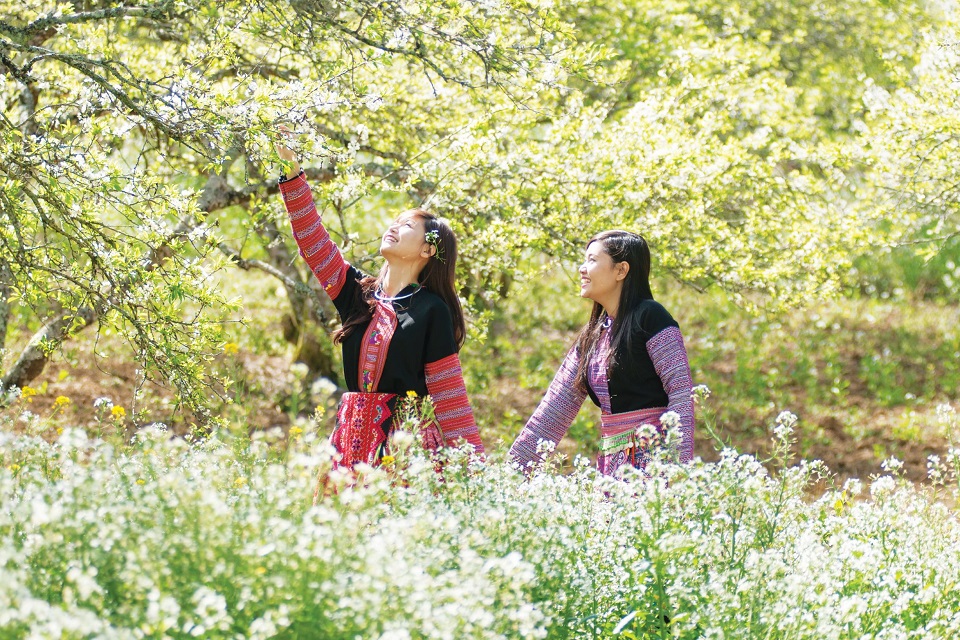Baked for 100 years: clay houses stand tall in northern Vietnam
Why do people use concrete to build a house when they can play in the mud instead?
There are two techniques used to make a ‘nha trinh tuong’. The first has walls made directly of clay shaped using a frame. The second one employs a frame to make clay bricks which are then used to build a home the normal way, only with clay mortar instead of cement and sand.
A two-storey ‘nha trinh tuong’ is, well, a different story. The hardest part is reinforcing the foundations and pillars. The foundations are built using only chunks of stone placed tightly on top of each other so they can hold the weight. The pillars at the four corners of the house must be erected by an experienced builder, or expect a collapse.
Symmetry is part of the architectural philosophy here. All the main doors are decorated with paper talismen or mirrors to ward away evil.
Source Vnexpress, Photos by Luu Minh Dan


6 most beautiful beaches in Phu Quoc

Chilling out at 5 sea paradises of the South Central Coast
Having your heart stolen in Quy Nhon
If you have never been to Quy Nhon, gone around or discovered emerald Ky Co, cool Eo Gio in the late ...
6 gorgeous sea paradises for summer travel
In the hot weather, you may just want to get away to the blue sea, immerse yourself in the refreshin ...
Luxuriously checking in at famous resorts in Phu Quoc
What motivates you every time you think of travel? To get some new experiences, to relieve stress, t ...
Enjoy 24 hours in Da Lat, Vietnam
Today, both foreigners and Vietnamese tourists love to visit Da Lat any day in the year for some coo ...
Tet and others spectacular festivals around the world in January 2020
In January 2020, Tet festival in Vietnam and others spectacular festivals around the world are color ...
Tet Nguyen Dan in Vietnam and best places to visit
Tet Nguyen Dan or Tet is the most important festival in Vietnam. It is the Vietnamese New Year marki ...







